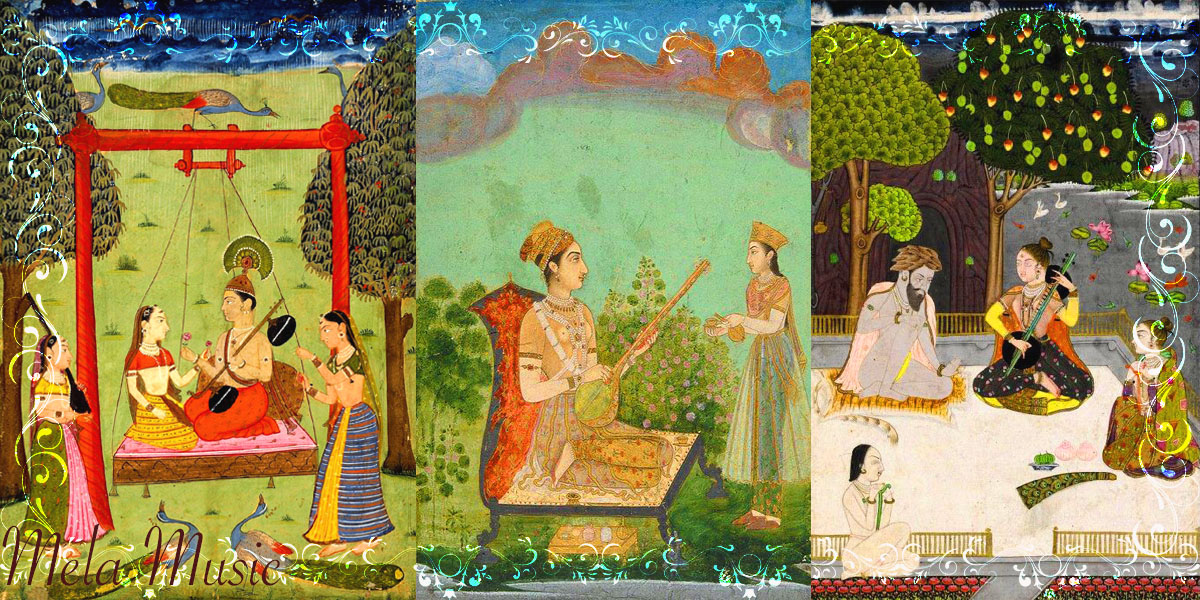
Raga Puriya is a rich and powerful raga in the Hindustani classical music tradition. It belongs to the Marwa thaat and is characterized by its deep, contemplative, and emotional essence. Puriya is often associated with the late-night hours and is known for evoking a sense of longing, pathos, and intensity.
Puriya allows for a wide range of melodic exploration and improvisation, providing ample opportunities for artists to express their creativity and emotions. It offers a platform for musicians to delve into complex rhythmic patterns and intricate ornamentation, showcasing their virtuosity and command over the raga.
The mood of Puriya is often described as serious, introspective, and intense. It can evoke a range of emotions, including yearning, longing, and sadness. The rendition of Puriya demands a deep understanding of its subtle nuances, tonal variations, and melodic phrases. The artist must navigate the complexities of the raga while maintaining its inherent mood and emotional depth.
Due to its powerful and expressive nature, Puriya has been widely performed and recorded by renowned vocalists and instrumentalists. It has found its place not only in classical music but also in semi-classical genres like thumri, dadra, and ghazal. The rendition of Puriya often captivates listeners with its depth of emotion and its ability to transport them to a world of intense musical experience.
In conclusion, Raga Puriya is a significant raga in Hindustani classical music, known for its profound and emotive character. Its pentatonic scale, tonal quality, and intricate melodic patterns create a canvas for artists to convey a range of emotions. The rendition of Puriya requires skillful improvisation and a deep understanding of its nuances to capture its intense and contemplative essence. Whether in vocal or instrumental performances, Puriya has the power to touch the hearts and souls of the listeners, leaving a lasting impact with its depth and emotional richness.
